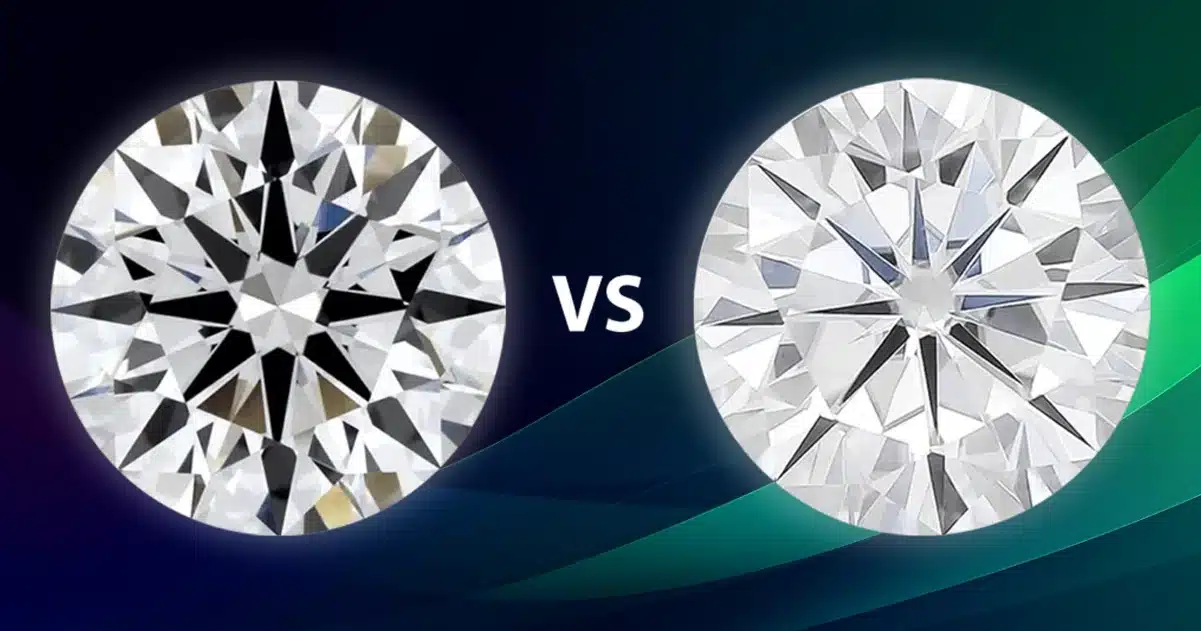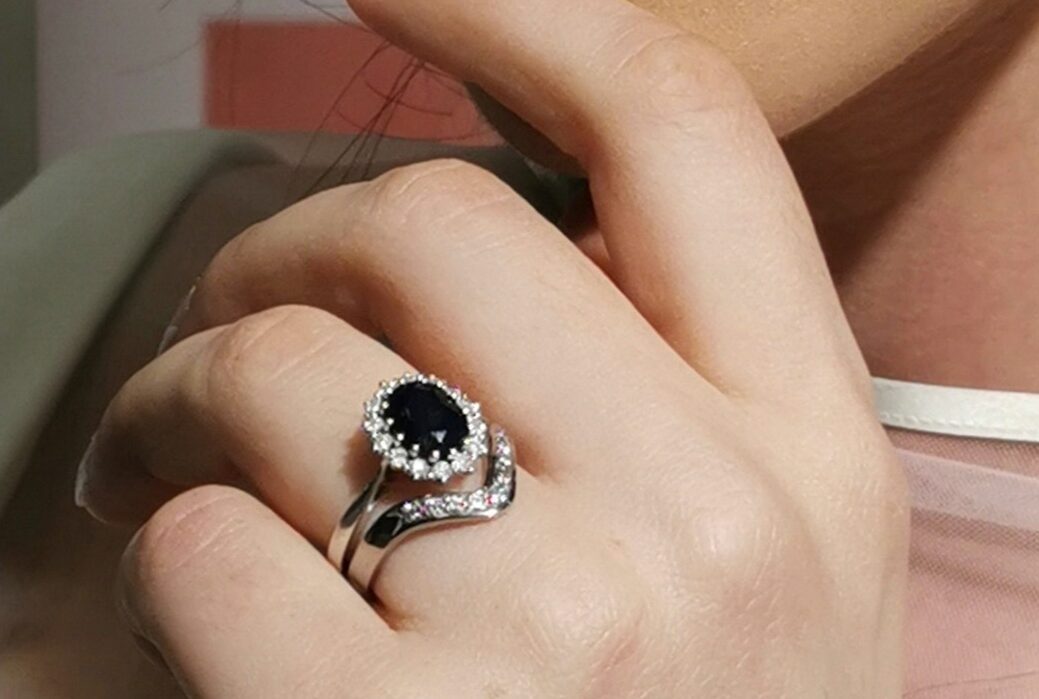Introduction
Diamonds have captivated human fascination for centuries, symbolizing luxury, love, and enduring beauty. In today’s market, however, consumers face a choice between natural diamonds, formed deep within the Earth over millions of years, and lab-made diamonds, crafted in controlled environments to replicate the geological processes. Let’s delve into the differences between these two types of diamonds and explore which might suit your preferences and values best.
History and Development
Natural diamonds, formed under immense pressure and heat over millennia, have a history intertwined with geological processes and human civilization. On the other hand, lab-made diamonds emerged as a result of technological advancements in the mid-20th century lab made diamonds vs real, offering a more controlled and predictable alternative to mined diamonds.
Chemical Composition
Natural diamonds are composed of carbon atoms arranged in a crystal lattice structure, a hallmark of their natural formation deep within the Earth. Lab-made diamonds exhibit an identical chemical composition to natural diamonds, consisting of pure carbon atoms arranged in the same crystal structure due to advanced synthesis techniques.
Physical Properties
In terms of hardness and durability, both types of diamonds rank high on the Mohs scale, making them suitable for various applications from jewelry to industrial uses. Natural diamonds exhibit a wider range of colors and clarity characteristics influenced by their geological formation, while lab-made diamonds can be produced in a more controlled environment, often with fewer imperfections.
Environmental Impact
The mining of natural diamonds raises environmental concerns, including habitat destruction and carbon emissions. In contrast, lab-made diamonds are generally considered more sustainable as they minimize the ecological footprint associated with mining.
Cost Comparison
The price of diamonds, whether natural or lab-made, is influenced by factors such as size, color, clarity, and market demand. Generally, lab-made diamonds offer a more affordable alternative to natural diamonds of similar quality due to lower production costs and controlled supply chains.
Ethical Considerations
Issues surrounding labor practices and human rights have plagued the diamond mining industry. Lab-made diamonds are often preferred by those seeking to avoid supporting these ethical concerns, as they are produced under regulated conditions with transparency in sourcing.
Market Trends
The demand for lab-made diamonds has been on the rise, driven by consumer awareness of ethical and environmental issues, as well as technological advancements in diamond synthesis. However, natural diamonds still hold a significant share in the luxury market due to their historical allure and perceived rarity.
Quality and Certification
Both natural and lab-made diamonds undergo rigorous grading processes to assess their quality and value. Organizations like the Gemological Institute of America (GIA) provide certifications that ensure consistency and authenticity, helping consumers make informed purchasing decisions.
Perception and Symbolism
Natural diamonds have long been associated with status, tradition, and enduring love, whereas perceptions of lab-made diamonds are evolving as technology improves and awareness grows. Modern consumers increasingly value the craftsmanship and story behind their jewelry, regardless of its origin.
Usage in Jewelry
Designers and consumers alike appreciate the versatility of diamonds in jewelry, whether as a centerpiece in engagement rings or as accents in earrings and necklaces. Trends in jewelry design often reflect shifting consumer preferences towards customizable and ethically sourced options.
Long-term Durability
Both natural and lab-made diamonds are durable gemstones, capable of withstanding daily wear and maintaining their brilliance over time. Differences may arise in how each type of diamond ages and requires maintenance, influenced by their respective production methods and inherent characteristics.
Consumer Decision Factors
When choosing between natural and lab-made diamonds, factors such as budget, ethical considerations, personal preferences for color and clarity, and the symbolic value attached to the stone all play crucial roles. Education about the differences between these diamonds empowers consumers to align their choices with their values.
Future Outlook
Looking ahead, advancements in diamond synthesis technology promise continued innovation in the lab-made diamond sector, potentially reshaping the industry landscape. Consumer preferences are likely to drive demand towards more sustainable and ethically sourced alternatives without compromising on quality or aesthetics.
Conclusion
In conclusion, whether you opt for a natural diamond steeped in geological history or a lab-made diamond crafted with precision and sustainability in mind, both choices offer beauty and brilliance. Your decision should reflect your values, preferences, and the significance you attribute to this timeless symbol of love and luxury. As the diamond market continues to evolve, so too will our understanding and appreciation for these extraordinary gemstones.




